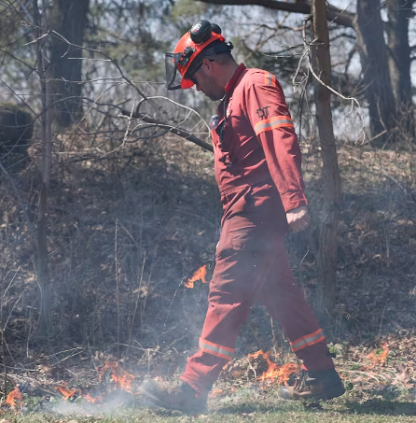Celebratory visions of trees
Images (left to right) SSFPP2 , 2023 © Sarah Anne Johnson / courtesy Stephen Bulger Gallery, Toronto, and Yossi Milo Gallery, New York. ACITR , 2020 © Sarah Anne Johnson / courtesy Stephen Bulger Gallery, Toronto, and Yossi Milo Gallery, New York. A new exhibition titled "Woodland" by Sarah Anne Johnson has opened in Toronto. The exhibition includes a collection of photographs taken by Johnson during her travels through the forests of Canada, which she then manipulates with paint and collage to create dreamlike and surreal images. Johnson demonstrates a wonderful ability to blur the lines between reality and imagination and create a unique visual experience for viewers. The has been especially concerned about the dangers to trees in Canada's national parks. The exhibition is on display at the Stephen Bulger Gallery in Toronto from May 6 until June 24, 2023. Some of her earlier work appeared in "Tree Planting" an exhibition featuring 65 photographs which capt...





